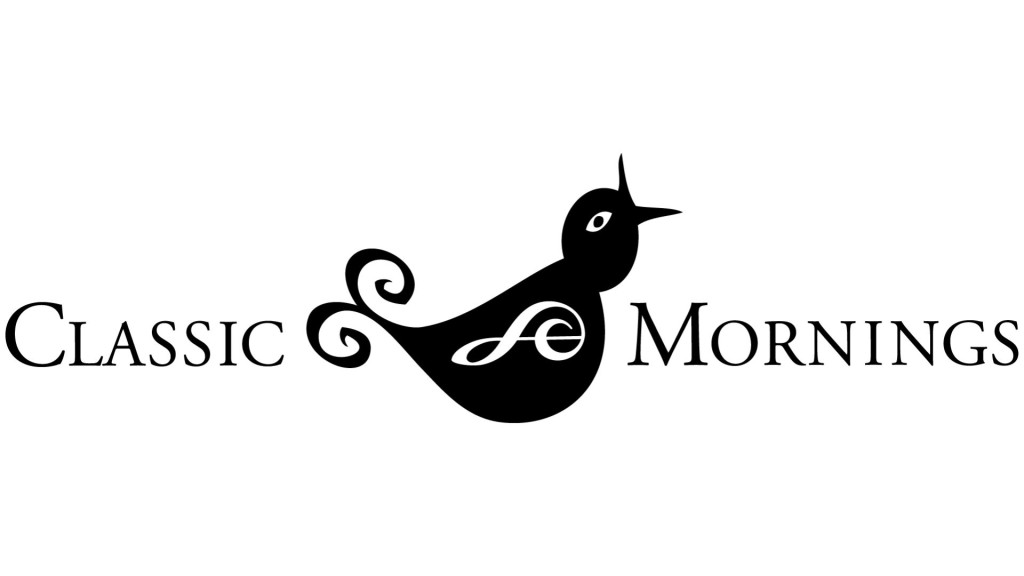A Big Show And A Little Rameau

It was quite a show, both visually and soundwise. It was a bit frightening too, I have to admit. But my feet were planted firmly on the ground. And not letting go of at least a smidgen of my sense of humor, I was reminded of those grand choral events in the Baltic countries (Estonia, Latvia & Lithuania). I’ve heard stories about them and have seen photographs as well. A recent one featured 16,000 singers performing onstage at the same time.
I caught the local show a couple of times at the beginning of the new year, even though I hadn’t planned on it. It’s not as though you buy tickets in advance. You just happen to come upon one of them.
It starts out with a few crows close by or overhead. Suddenly, and seemingly from out of nowhere, hundreds and hundreds of them – maybe more – make their way toward a “stage.” Actually, it’s a tree, or a cluster of trees. The crows swirl around the entire area until they manage to find a place.
In unison, they make a deafening sound. Though it’s a spontaneous composition created by the bird song of countless voices, it’s not a tune you can hum. You’d never begin to hear yourself hum. Nor would you hear a car horn, if you were watching and listening to all of this while standing in a crosswalk. If you had a “front row” seat, you’d probably want to have an umbrella. I’m guessing that from having walked by such areas the day after “shows” have taken place.
In the past, I’ve come upon considerably smaller gatherings of birds. But this time, I was prompted to do a little online search, just to be sure this wasn’t a Hitchcock-like happening. It turns out to be textbook Corvid Culture 101 (Corvids include crows, ravens, magpies and jays).
A site called Corvid Research by Kaeli Swift suggested that Danville holds the record for the largest number of roosting crows: 325,000. That led me to a 2004 article by Kirby Pringle in the News-Gazette, updated in 2021, which confirmed that number.
From the little I read, it has to do with the crows keeping warm by staying close to each other. And while they tend to congregate where there’s food, they share information about where food is to be found during the cold months of the year.
Temperatures can get brisk in the Baltic countries. And though the singers gather there for the love of music, they’d have no trouble staying warm on those outdoor stages. I’m guessing they also share recipes and restaurant tips during social moments.
I‘ve heard a bit of contemporary choral music from the Baltic countries, which incorporates all sorts of interesting sounds. Though I couldn’t find references to any compositions that imitate crow roosts, I wouldn’t be surprised if there were some.
Quite a few classical music works have been inspired by the sounds of birds. One of those came to mind with my recent “roost reflections.” It’s French composer Jean-Philippe Rameau’s harpsichord piece known as “Le Rappel des oiseau.” Harpsichordist Mahan Esfahani has translated the title as: “The Conference of the Birds.”
The harpsichord is a humble instrument. The audio levels of harpsichord recordings tend to be boosted to the extent that listeners who haven’t heard a live harpsichord might be fooled into thinking that it can hold its own alongside other instruments. That’s not necessarily the case.
Can a harpsichord imitate the sounds of a gathering of birds? Yes, it can. When I told the story on Classic Mornings about coming upon the crow roosts, I followed it up with the two-guitar arrangement of Rameau’s piece, featuring Sergio and Odair Assad. Jokingly, I suggested that in order to approximate the sound levels I heard from the crows, the piece would have to be played with amplified electric guitars.
That might be amusing. But Rameau, working within the limitations of his instrument, did create an amazing unplugged musical sound portrait of a gathering of birds, complete with a dramatic and catchy little tune. The piece is fascinating, given the simple means he used to represent something so much more complex. Isn’t that one of the marvels of music compositions or works of visual art and literature as well?
With the technology to record the sounds of nature and to compose works using those sounds, one certainly could create a musical portrait that would retain some of the overwhelming audio levels of the gathering birds, just as orchestras have depicted nature with grand instrumental forces. But my imagination is big enough to be reminded of the crows the next time I hear Rameau’s harpsichord piece, or to be humored by the charm of it the next time I come upon a crow show.
